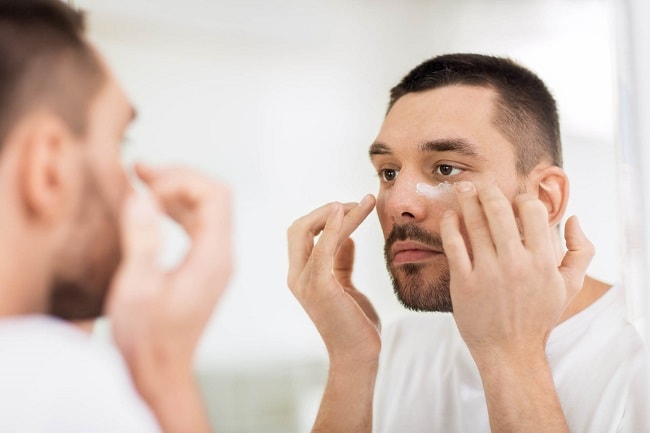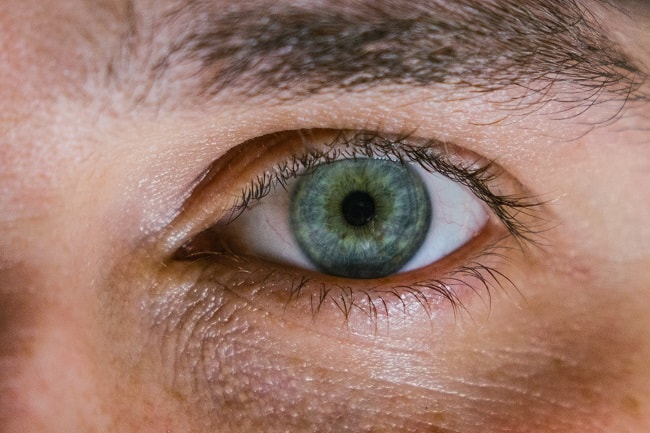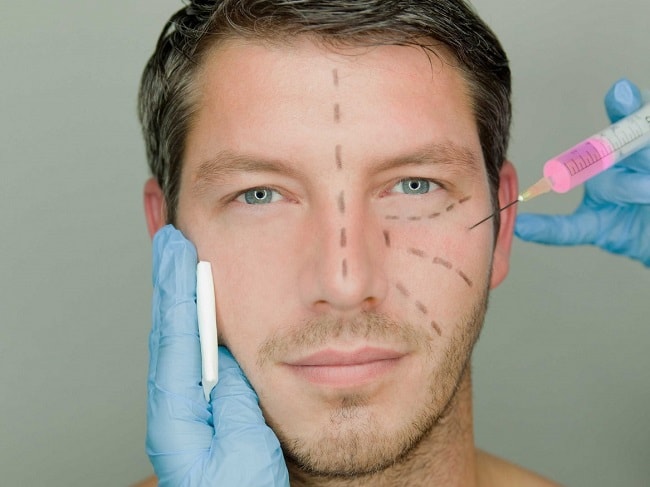1
HOME > Beauty >
HOW TO GET RID OF UNDER EYE BAGS FOR GOOD
FROM DERMAL FILLERS TO BLEPHAROPLASTY
Written by Menswear Style in Beauty on the 4th April 2018

No one likes eye bags, they make people look old and unattractive. There are many treatment options for eye bags, although some will not get rid of the problem permanently. Botox and other non-surgical procedures will only solve the problem for a few months or two years at most. If you are interested in getting rid of eye bags for good, you will have to go for a surgical procedure. Dermal fillers work by lifting the sunken parts of your face, and this covers up the eye bags. On the other hand, the surgical procedure or blepharoplasty aims at removing or redistributing fat in the affected area. The surgeon will also remove sagging skin.
Who Should Go for Blepharoplasty?
You should go for lower eyelid surgery if you have any of these characteristics: You always look sleepy no matter how much sleep you have; You have sagging skin around your eyes.
What Will the Procedure Involve?
Transcutaneous Approach: With this approach, the doctor will make an incision in the lower eyelid just below the eyelashes. This procedure is mostly used in patients who have sagging skin around the eyes. It is worth noting that you may end up with dark pigmentation along the line of the incision. If you work with an experienced surgeon, the incision line will be barely visible.
Transconjunctival Approach: This procedure is used a lot more often since it has a lower chance of pulling the eyelids down as you heal. Another advantage of this approach is the fact that you will not end up with an external incision. This is because the incision is made on the inside of the eyelids. Even a close observation of the eye will not reveal any signs of surgery. A surgeon will need to have thorough knowledge of the delicate tissues around the eyes to perform this procedure.

Risks of Blepharoplasty
Like all other surgical procedures, blepharoplasty comes with some risks. As noted, you may end up with darker pigmentation at the site of the incision. As you recover, your lower eyelid may get pulled down, resulting in an unpleasant look. There is also a very small risk of going blind and some patients also react to the anesthesia offered. Other risks of the surgery include: Numbness in the eyelid, which is only temporary, Temporary changes in your vision, Irritation of the eyes, Impaired functioning of the eyelids that will make it harder for you to close your eyes, Bleeding, Infection in the eyes, Dry eyes.
What Should You Expect Before the Surgery?
Your doctor will start by asking questions about your medical history and past surgeries. Information about the medication, drugs, and supplements you take is important since certain substances will affect your recovery. Some surgeons will refuse to operate you if you are on certain medication, so you may have to quit using them for about two weeks before the surgery and for some time after. To avoid disappointment, your doctor will also need to know your motivations for going for the procedure. They will give you a realistic picture of what you should expect afterwards. Before the procedure, your doctor will also conduct a physical examination to determine aspects such as your tear production. A visual examination will also be done. They will then take pictures of your eyes from different angles, so they can plan the surgery. You will be unable to carry out normal activities immediately after the surgery, so you should also plan to have someone stay with you for the first night. If possible, do your shopping before prior so have time to rest indoors.

What Should You Expect After the Procedure?
Surgery for the lower eyelids is normally done in outpatient settings, so you will need to be driven home. You will experience some pain and temporary side effects immediately after the surgery. To help you recover faster, you should follow these steps: Avoid smoking and heavy drinking, Don’t rub your eyes even if they itch, Clean your eyes gently, ideally with prescribed ointment or eye drops, Avoid strenuous activities, including swimming and jogging, Don’t use contact lenses at least for the two weeks following the surgery, Wear sunglasses to shield your eyes and forehead from the sun, Keep your head in an elevated position when you sleep, Use cold compresses to reduce the swelling in the eyelids. You will need to return to the doctor after a few days to remove the stitches. If you experience a lot of pain, you can use painkillers such as acetaminophen. Avoid aspirin and other blood-thinning painkillers since they will increase your bleeding. You should see your doctor urgently if your heart rate increases significantly or you experience shortness of breath. Bleeding, vision problems, and chest pains should also be reported immediately.
In case you have eye bags, you can go for surgical or non-surgical procedures to get rid of them. If you are specifically interested in getting a long-term or permanent solution, you will have to go for surgery. Dr. Andrew Jacono is a blepharoplasty surgeon in New York and is considered to be one of the city’s top cosmetic surgeons.
Trending
2
3
4
5
6
7
8
9
10









